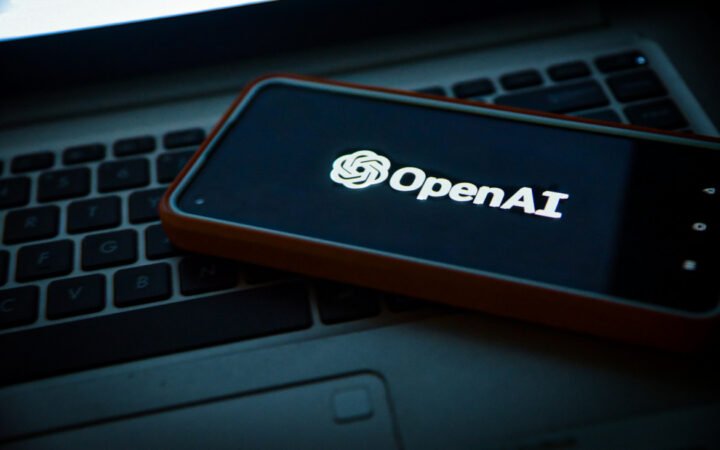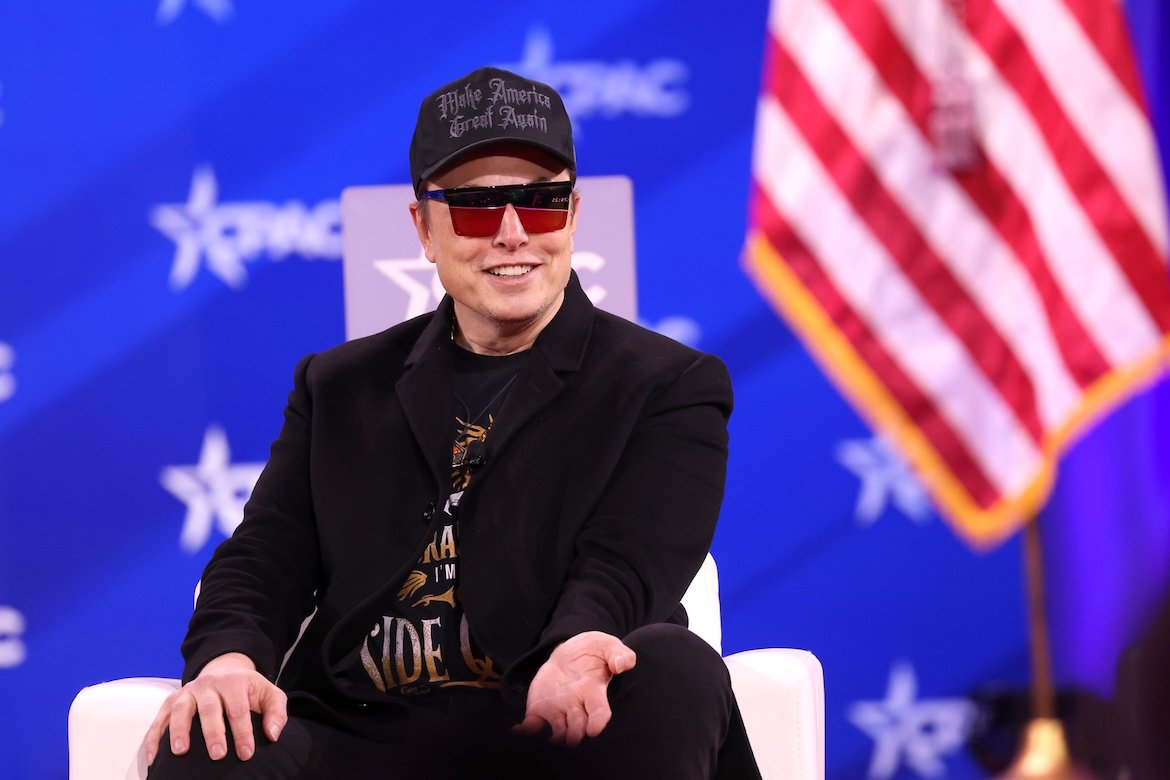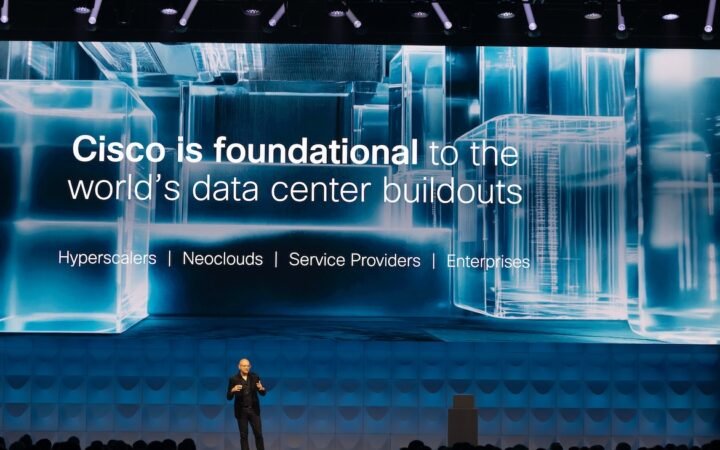
Elon Musk’s artificial intelligence startup xAI is finalizing plans for a funding round that could reach $20 billion, in a deal structured around both equity and debt. The capital will finance xAI’s growing infrastructure footprint, particularly its new Colossus 2 data center project, and secure access to critical Nvidia hardware.
Under the terms being discussed, Nvidia would contribute around $2 billion in equity, with additional investors funding up to $12.5 billion in debt and $7.5 billion in equity. Much of the capital is directly linked to the purchase of high-end GPUs, ensuring xAI has a stable supply of compute resources for its expanding model training operations.
A large portion of the financing will be managed through a special purpose vehicle (SPV) designed to buy Nvidia chips and lease them back to xAI. This approach gives investors ownership of physical GPU assets while guaranteeing xAI long-term access to compute power. It also reduces direct balance sheet exposure and aligns incentives between investors, xAI, and Nvidia.
Strategic Value of Hardware Control
The funding strategy underscores how control over compute infrastructure has become central in the AI race. By tying capital directly to GPU procurement, xAI is effectively securing the foundation of its future training capacity while insulating itself from ongoing hardware shortages.
Nvidia’s involvement gives the chipmaker both financial and strategic leverage. As xAI scales up, Nvidia benefits not only from direct chip sales but also from potential appreciation in its equity stake. For xAI, the partnership ensures a reliable supply of GPUs, a key differentiator as other AI firms face delays due to constrained semiconductor availability.
The funds will primarily support the Colossus 2 facility in Memphis, which aims to host one of the world’s most powerful AI clusters. The site is expected to play a central role in developing xAI’s next-generation large language models and supporting future consumer and enterprise AI products.
Financial Risks and Industry Impact
While the $20 billion raise would rank among the largest in the AI sector, its structure introduces financial risk. Debt-heavy financing could pressure xAI if revenue generation or model deployment lags behind expectations. Although the SPV provides insulation, the company still depends on sustained demand for AI products to maintain repayment capacity.
Execution risk also remains high. Integrating thousands of GPUs across distributed systems, optimizing energy efficiency, and managing data center reliability all present complex engineering challenges. Even minor disruptions could delay model training or inflate operating costs.
If successful, the raise would signal growing investor confidence in Musk’s AI ambitions and reinforce Nvidia’s dominance in high-performance computing. It would also mark another step toward the vertical integration of AI – linking funding, infrastructure, and model development under a single strategic framework.
The outcome of this round could influence how other AI startups approach fundraising, particularly as access to GPUs becomes a defining constraint. Competitors may follow xAI’s example by tying capital raises directly to hardware supply deals, blurring the line between finance and infrastructure strategy.




